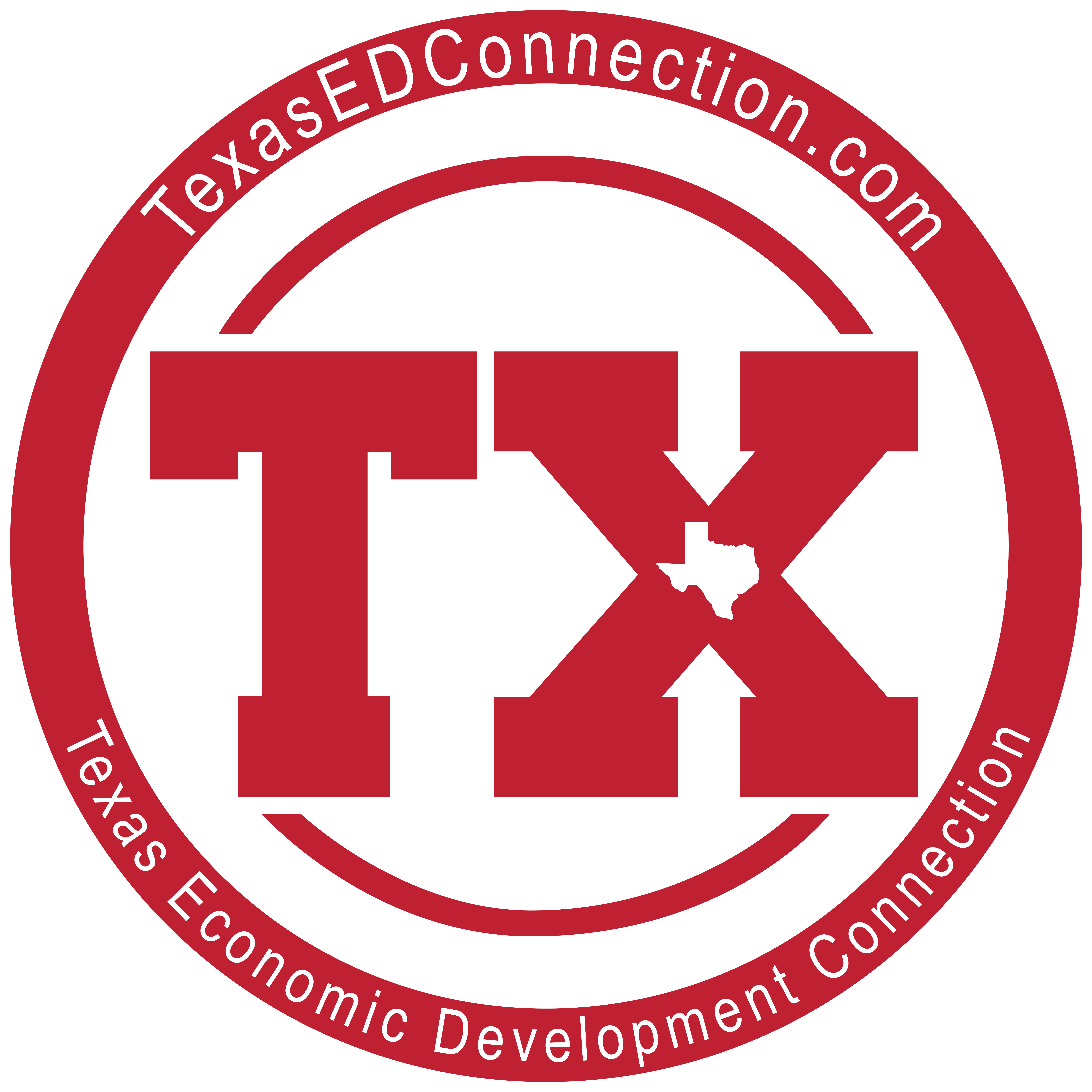The High Plains of Texas is comprised of 41 counties, covering the Panhandle and South Plains. There’s really no place like the corner quadrangle of northwest Texas. It’s the big sky, wide-open space land you hear about in country songs. It’s also a great area of growth and opportunity. Read on to learn more about what to know if you are going to Relocate to Texas: High Plains Region:
Wander around natural wonders. We know that Arizona boasts its Grand Canyon, and California has its coastline, but the High Plains of Texas happen to be rich in gorgeous, natural landmarks too. Just 25 miles from Amarillo, Palo Duro Canyon presents a majestic landscape. Created from millions of years of erosion, it now offers scenic views, picnic places, camp sites, hiking and biking trails, horseback riding, and rich history. Stay in Cow Camp or Doves Rest, enjoying rustic cabins and proximity to diverse wildlife and plant life. Another amazing place in the Panhandle served as a source of flint tools for hunters tens of thousands of years ago. Today, Alibates Flint Quarries are an archaeological wonder with dramatic views and opportunities to learn about Native American lifestyle and lands.
No place like home. The High Plains is home to the two major cities of Amarillo and Lubbock, but the region also houses smaller cities like Pampa, Muleshoe, and Dumas. Home prices in these cities are some of the most affordable in Texas. These small towns offer great quality of life. Pampa is noted as a beautiful town full of possibilities; It boasts lots of space, a solid workforce, and convenience. Muleshoe, in the northwestern Panhandle region is the namesake of one of the first ranches in the region. A largely agricultural community, it’s conveniently located at the intersection of US Highway 84 and State Highway 214. And then there’s Dumas. Situated halfway between Denver and Dallas, Dumas sits 45 miles north of Amarillo. It’s home to about 15,000, an 8-campus public school system, and even a college campus.
A good place to grow (in more ways than one). Population growth has been big in Texas in the last few years. It’s no different in the High Plains. This region makes up about 3% of the state’s population, and that’s including an increase of about 33,000 residents since 2010. The population isn’t the only thing growing: the High Plains are known for agriculture. More than 25 varieties of crops are commercially grown including wheat, sorghum, corn, beets, hay, award-winning wine grapes, soybeans, and cotton. This area has a long growing season and well irrigated land, making it ideal for crops.
Industry diversity. Texas and the High Plains region are leaders in renewable energy, but some of the largest industry sectors in this area include accommodation and restaurants, education, agriculture, and health care. Staying true to Texas roots, cattle ranching and farming are still prominent.
A Land of Educational Opportunities: A strong educational presence can be a launching pad for growth and competitiveness in a global economy. The High Plains region is home to four universities, four community colleges, and one health science school. Texas Tech in Lubbock is a Big 12 Conference school that injects vitality in the local community. Texas A&M Forest Service (TAMFS) also has locations in the High Plains. This leader in forestry for Texas and the US works to ensure that forests and natural resources are conserved and sustainable. TAMFS also delivers emergency response for natural disasters like wildfires, floods, and hurricanes.
The arts are everywhere. Move over, Austin. Lubbock is a land of live music and local talent, and it has the most live music venues per capita in Texas. Visit the Depot District to listen. Lubbock is also home to theatres, artists, as well as the Waylon Jennings and Buddy Holly museums. And don’t forget Amarillo. Its Little Theatre is known as the oldest, longest operating theatre in the United States.
Build your business with some great incentives. Incentives can stimulate new developments and business growth in communities. In Texas, these incentives can include grants, low interest rate loans, or forgivable loans. If you decide to relocate to Texas there are also state programs that can provide different incentives such as the Texas Enterprise Fund, the Texas Emerging Technology Fund, or the Texas Capitol Fund. Many tax incentives are available as well.
Connecting people and businesses with the best places in Texas is important. Learn more about which region would be the best fit for you to relocate to Texas with the Texas Economic Development Connection’s Relocation Planning Tool.




